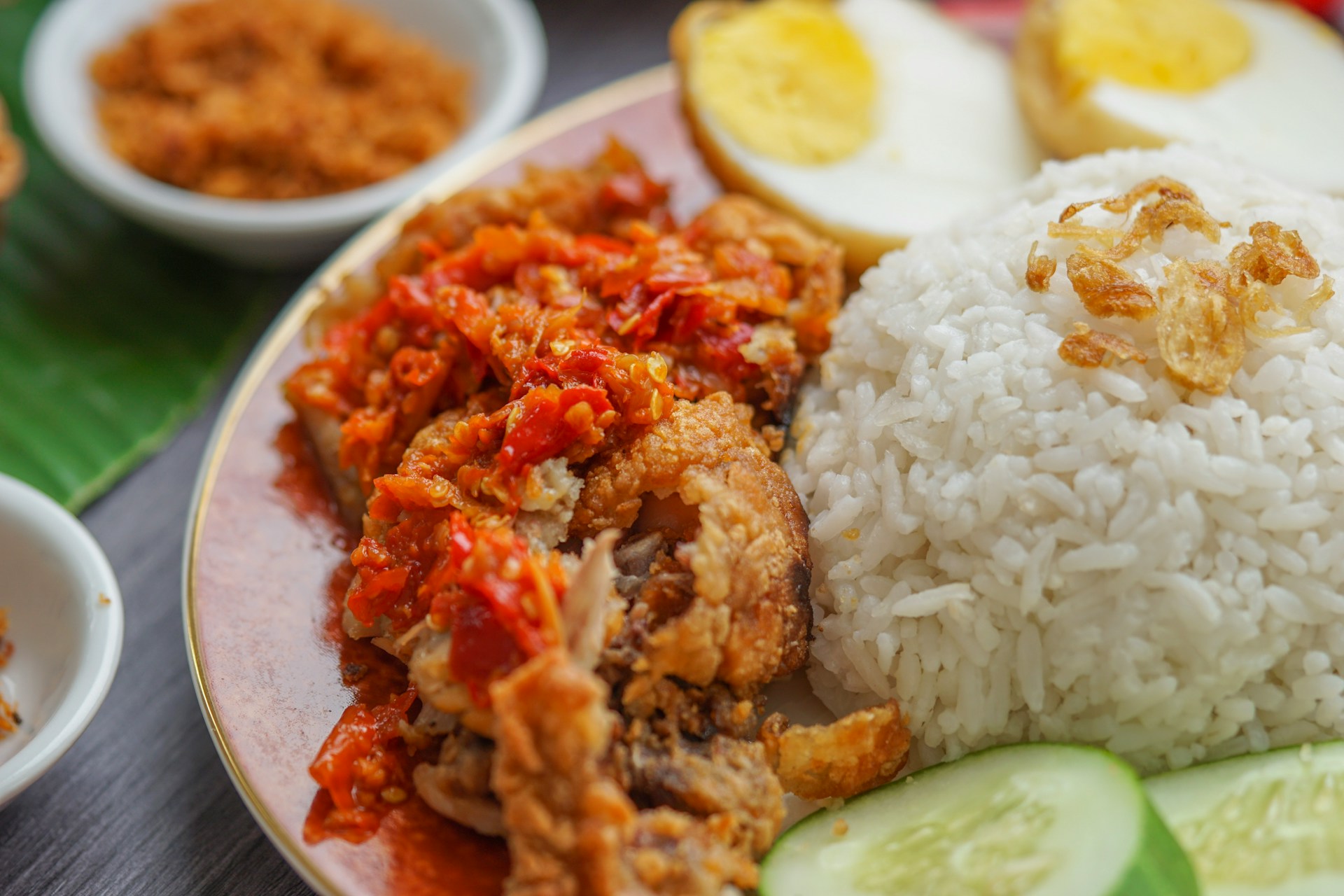Rice holds deep cultural significance in Malaysia, but there is a need to recognise its potential risks, especially concerning diabetes, and where balancing tradition with health can lead to a more mindful approach to this beloved staple.

The rice self-sufficiency rate (SSR) in Malaysia, is only 56.6% and per capita consumption is 76.7 kg annually. This is according to a recent report by the Agriculture and Food Security Ministry (KPKM).
Cultural Significance of Rice in Malaysia
Rice is a staple Asian food, celebrated for its energy-boosting properties and cultural significance. In Malaysia, a typical meal features steamed or boiled rice paired with dishes prepared from vegetables, meats and beans or grains. Some are consumed with specialized condiments, such as nasi lemak, nasi ayam, nasi beriyani, and nasi kerabu. Fried rice or nasi goreng is also popular, and easy to make as it is typically made with ingredients left over from other dishes, leading to countless variations.
Beyond these iconic meals, rice is transformed into rice noodles for signature Sarawak dishes such as Sarawak Laksa, and Belacan Bee Hoon. Rice, especially glutinous rice even serves as a key ingredient in local rice wine, tuak.
Given its central role in our diets, it’s no surprise that Sarawak is ramping up rice production to meet local needs, aiming to triple its output to about 500,000 tonnes annually as part of its commitment to improve its food security and align with the nation’s ambitious target to increase its SSR to 75% in 2025 and 80% in 2030. Addressing food security is also part of the UN’s Sustainable Development Goals #2: Zero Hunger.
Health Implications of Rice Consumption
However, our rice consumption may come with a health warning.
Based on a national survey report, in 2019, Malaysia had the highest rate of diabetes in the Western Pacific region and one of the highest in the world. While many factors contribute to these alarming statistics, the foods that we consume do matter. Studies indicate that white rice, in particular, can cause rapid spikes in blood glucose levels, categorizing it as a high glycemic index (GI) food. High-GI foods are linked to an increased risk of developing diabetes, raising questions about our beloved staple.
Yet, the relationship between rice and diabetes is more complex than it seems. The way our body digests starch significantly influences how quickly glucose enters the bloodstream. Different types of rice have varying effects on blood sugar levels. For example, while white rice is easily digestible and has a high GI, pigmented varieties like brown, red, and black rice tend to have lower GI values due to their additional nutrients and fibre content.
Here in Sarawak, we are blessed with a wide variety of these pigmented rice. Incorporating these colourful alternatives can help regulate blood glucose levels.
Moreover, the way we prepare rice can also impact its digestibility. Adding ingredients such as coconut milk in nasi lemak or butterfly pea flower extract in nasi kerabu can lower the GI of the dish by altering the starch structure, making it more resistant to digestion. Cooking methods matter too: parboiled or refrigerated cooked rice tends to have a lower GI compared to freshly cooked white rice.
Mindful Consumption
Simple behavioural changes can further enhance the healthfulness of rice consumption. A study in Singapore found that consuming vegetables and proteins before rice can reduce the glycaemic response by up to 30%. Additionally, it’s advisable to limit carbohydrate-rich meals, like rice, to breakfast or lunch to maintain better glucose regulation. Late-night snacking on carbohydrate-rich meals is definitely a risky habit for your health.
While much is known about rice and health, more research is needed to fully understand how different ingredients and cooking methods influence our well-being. To unravel this relationship, insights from nutrition science, biochemistry, public health, psychology, sociology, food science, and gastroenterology are essential, as they collectively shed light on how our diets impact health.
As we continue to enjoy our favourite rice dishes, it’s crucial to be mindful of how we prepare and consume them. By making informed choices, we can savour the flavours we love while taking steps toward better health.
Ts Dr Irine Runnie Ginjom is a senior lecturer at the School of Engineering and Science. Dr Irine is contactable at ihenry@swinburne.edu.my

